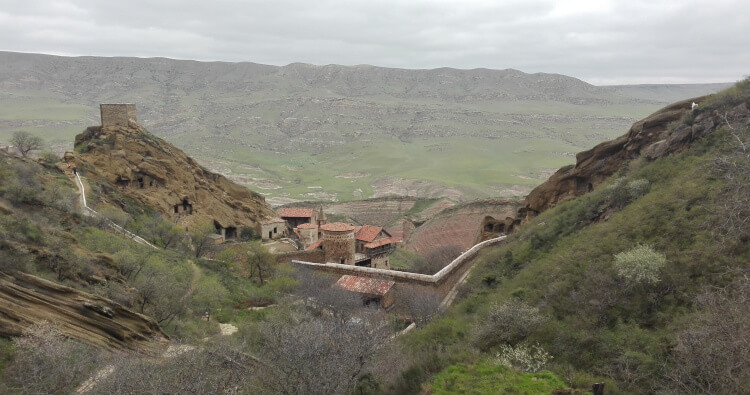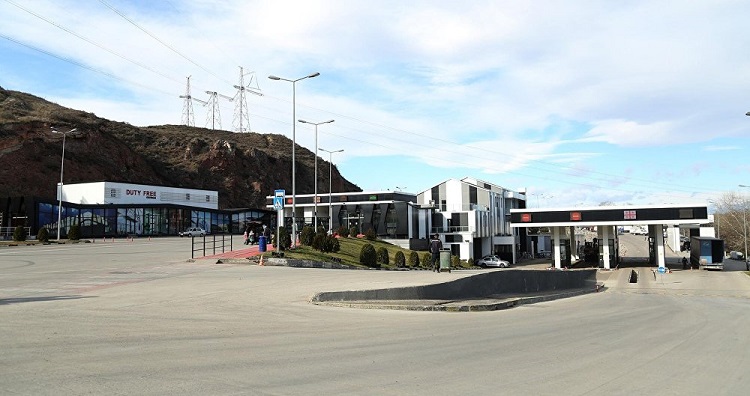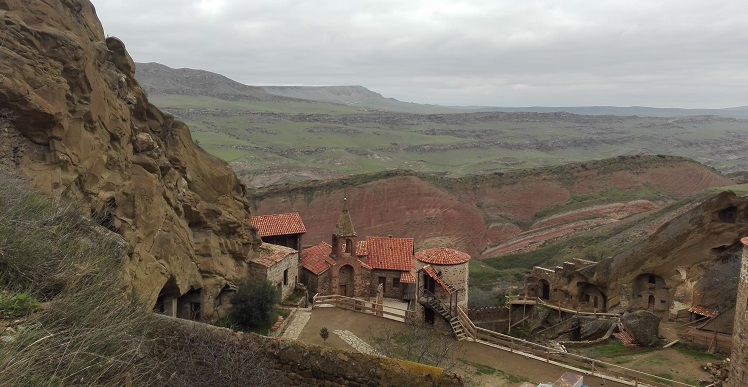Georgian, Azeri experts in joint studies to resolve undefined border

The undefined part of the state border between the two countries, which includes the area next to the David Gareji cultural heritage site, has caused complications and tension over the years. Photo: agenda.ge.
Expert groups from Georgia and Azerbaijan are jointly studying sections of the state border between the two countries that have been left undefined since the mid-1990s, as the neighbouring states continue to work on resolving the issue of their entire state boundary.
On Tuesday, the professionals surveyed border areas near the village of Vakhtangisi and the David Gareji Monastery Complex in Georgia's south-east, the Ministry of Foreign Affairs of Georgia said on Wednesday.
The two sides "presented their vision" about the question of the border near the locations, with results of the joint work to be sent to heads of respective commissions for "further reviews", the foreign office reported.
Similar work is scheduled to be held in other yet-to-be-agreed sections of the boundary, with the experts expecting to be involved in this first stage of the bilateral work until Friday.
The expert work is expected to be followed by a meeting between the two commissions in Tbilisi next month, as the two countries recently stepped up the effort on what is known as the "delimitation" of the state border.
Georgia and Azerbaijan have agreed on 66 percent of the boundary between the states since the dissolution of the Soviet Union and armed conflicts in the South Caucasus in the 1990s, with the remaining 34 percent yet to be defined.
The undefined parts of the border have caused complications and tension between residents and border guards over the years, including Georgian clerics at David Gareji — a cultural heritage site on the UNESCO Tentative List of World Heritage — and Azeri border personnel.
As recently as July the clerics reported erection of tents and an increase in the number of guards adjacent to the rock-hewn complex of the early Medieval era.
 Tweet
Tweet  Share
Share



